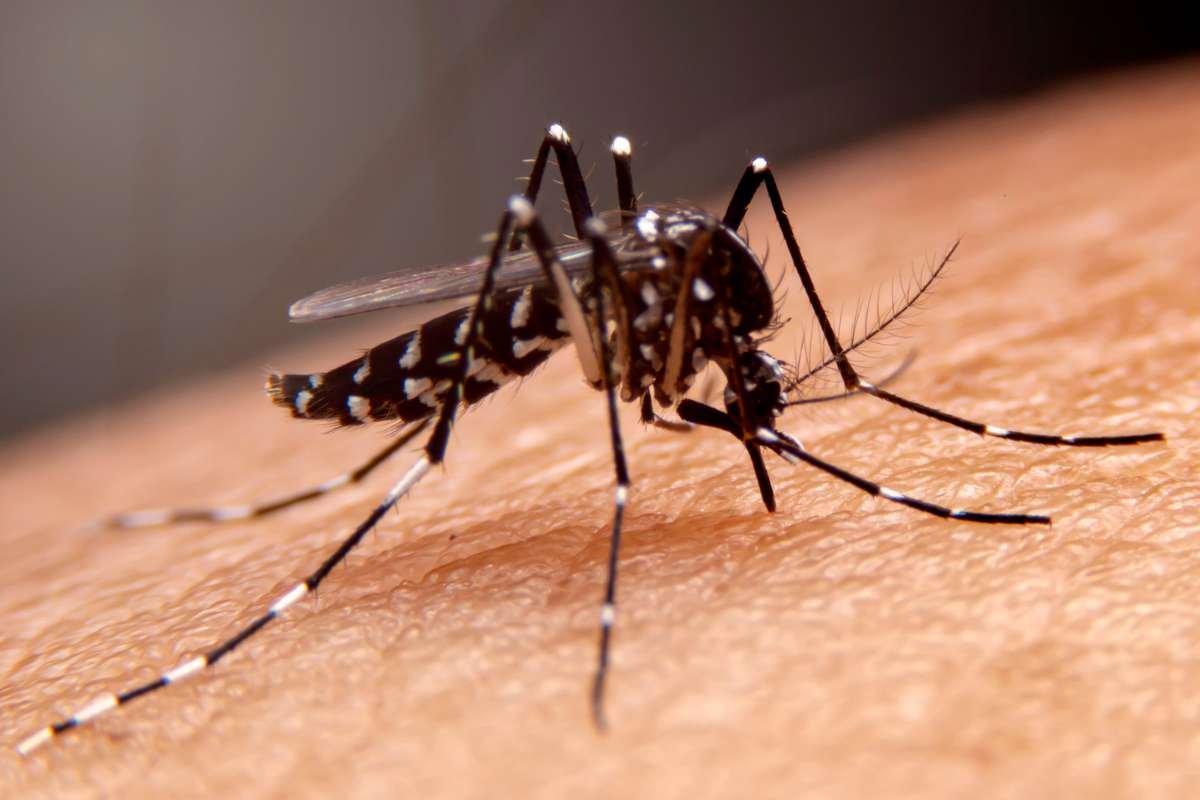Refeyn, a leader in mass photometry technology, has unveiled a new range of products designed to streamline and improve biomolecular analysis workflows. The company introduced next-generation microfluidic chips, an upgraded microfluidics system, and a new protein calibration standard, all aimed at enhancing efficiency and reproducibility across labs. These innovations cater to a broader range of biomolecular applications, helping users save time while ensuring precise and consistent results.
Next-Generation Microfluidic Chips for Enhanced Efficiency
A major update to Refeyn’s MassFluidix® HC microfluidic system is the introduction of second-generation microfluidic chips, offering faster and more reliable performance. The new chips feature five channels and enable rapid sample dilution in under 37 milliseconds, which is critical for analyzing highly concentrated samples. With a redesigned channel that eliminates the need for a bubble trap and the addition of luer connectors for easy tubing attachment, these chips are more user-friendly and versatile. Furthermore, each chip is now individually packaged, allowing researchers to use them on-demand, reducing waste and simplifying storage.
The upgrades also include enhanced software integration. The MassFluidix HC system can now be operated directly via Refeyn’s AcquireMP mass photometer control software. A new automatic chip channel detection feature ensures proper chip alignment for each measurement, further simplifying the workflow for users. This integration makes the system more efficient and accessible, reducing the complexity of biomolecular analysis.
Advanced Capabilities for Challenging Biomolecular Samples
The updated MassFluidix HC system has been designed to address the challenges of analyzing complex biomolecular interactions. Its rapid dilution feature allows users to characterize samples at high concentrations, which is beneficial for techniques like cryo-electron microscopy (cryoEM) and crystallography. Additionally, it aids in detecting weak affinity protein-protein interactions and determining stoichiometry in challenging sample types, such as PROTACs and multi-component complexes. The system also supports more common applications, such as antibody-receptor binding studies, providing an orthogonal technique to complement other binding characterization methods.
These improvements not only enhance the quality of data but also expand the range of biomolecular samples that can be analyzed using mass photometry. This advancement makes it easier for researchers to work with traditionally difficult samples, ensuring more accurate and reliable results across a variety of experimental conditions.
New Calibration Standard for Precise Measurements
In addition to the upgraded microfluidic system, Refeyn has introduced the MassFerence® P1 protein calibration standard, expanding its portfolio of mass calibration products. This new standard is designed for use with Refeyn’s TwoMP and OneMP mass photometers and can calibrate measurements for proteins ranging from 90 to 1000 kDa. The MassFerence® standard ensures that mass photometry measurements are highly precise and reproducible across different instruments and laboratories.
The availability of standardized mass calibrants simplifies the preparation process for researchers, reducing the risk of error and increasing consistency in experimental outcomes. With these new tools, Refeyn aims to optimize mass photometry workflows, making it easier for users to achieve accurate results with minimal effort.
Gerry Mackay, CEO of Refeyn, expressed his excitement about the new products, stating, “These innovations reflect our commitment to meeting customer needs and improving the mass photometry experience. Our goal is to enhance the efficiency and quality of biomolecular analysis, enabling mass photometry to be applied to a wider range of samples and research scenarios.”







